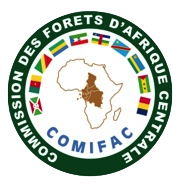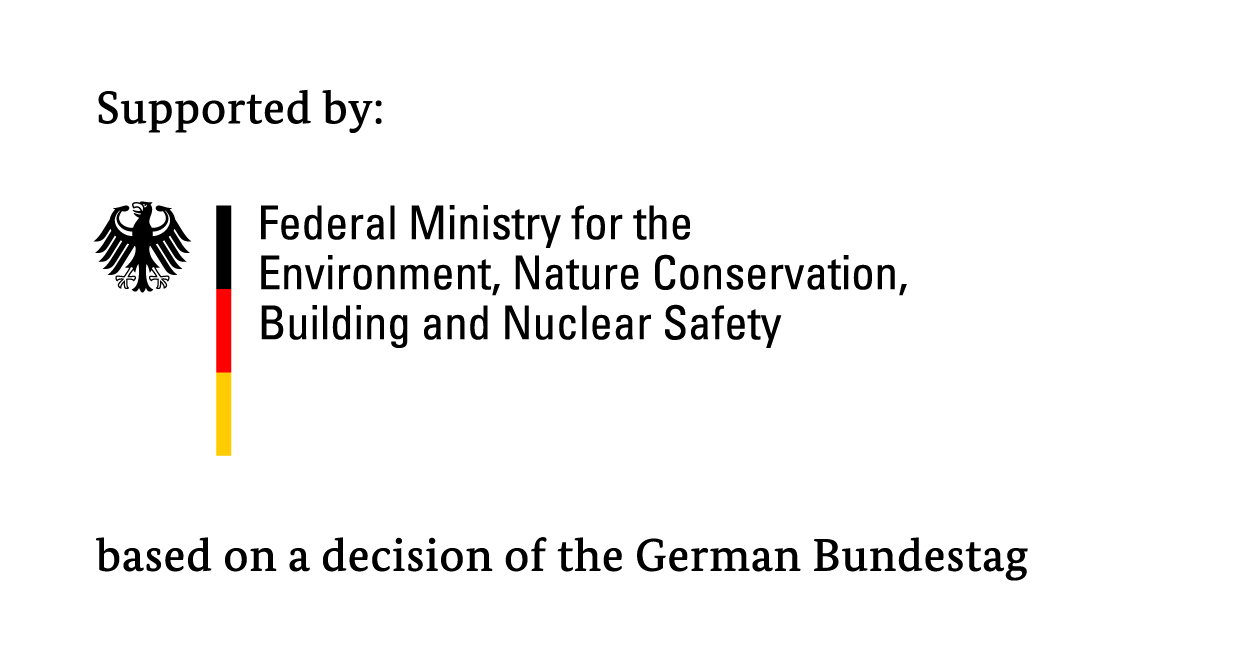
REDD-PAC multiple benefits assessment in additional countries
In addition to its work within Congo Basin and Brazil, the REDD-PAC project is assisting five other countries with assessing the potential, and planning for multiple environmental benefits from REDD+. In joint work with partners in China, Peru, Philippines and Uganda, UNEP-WCMC is building capacity for, and implementing spatial analyses of the relationship between carbon, biodiversity, ecosystem services and drivers of change.
In China , the work has been carried out in collaboration with Chinese Research Academy of Environmental Sciences and is focussing on the Guangxi Province. Spatial analyses combining climate change mitigation and adaptation planning with conservation planning has been employed to support the achievement of the CBD Aichi Targets . This includes mapping the distribution of ecosystem carbon with both priority conservation areas and protected areas.
As part of the work in the Philippines a workshop was held in collaboration with Conservation International, Fauna and Flora International, the Forest Management Bureau, GIZ, the National Commission on Indigenous Peoples, the Protected Areas and Wildlife Bureau and the University of the Philippines in October 2013 to build GIS capacity and undertake spatial analysis. The aim of the workshop was to assist in the identification of priority areas for REDD+ and possible spatial synergies with areas important for reaching Aichi targets. The maps produced highlighted the pressures on forests and key biodiversity areas, including from illegal logging hotspots and areas of high population density. Maps were also produced for the sustainable management of forest and biodiversity, including locations of community forest management. These outputs were then presented in policy sessions held in the Forest Management Bureau, attended by a broad spectrum of government and civil society actors.
In Uganda, UNEP-WCMC is working with the Forestry Sector Support Department of the Ministry of Water and Environment and the National Forest Authority. In December 2013, a workshop was delivered on the identification of potential multiple benefits from REDD+. Important outputs were the identification of potential benefits and risks from REDD+, spatial analysis which could support REDD+ planning, as well as the development of a draft report of the work accomplished.
In Peru, the work is being undertaken in collaboration with the Ministry of the Environment. A workshop was held in May 2014.
Further targeted support has also being provided to Viet Nam , and a report has been produced on "Mapping the potential for REDD+ to deliver biodiversity conservation in Viet Nam: a preliminary analysis", which includes maps to support planning for reducing deforestation, including areas of high carbon density, high risks of deforestation, and high biodiversity.

International Institute for Applied Systems Analysis

National Institute for Space Research - Brazil

Commission des forets d'Afrique Centrale/Central African Forests Commission

United Nations Environment Programme World Conservation Monitoring Centre

Instituto de Pesquisa Econômica Aplicada

Germany International Climate Initiative
